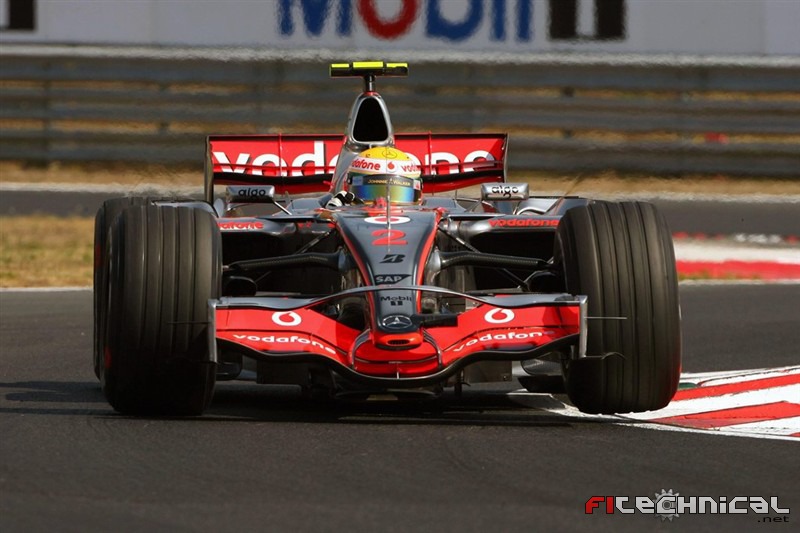Of course, the original F1 rear wings were all mounted directly the unsprung mass on the Lotus 49B. But this approach was banned because of various crashes and wings were then mounted to the sprung mass (chassis). Chapman then famously figuring out how to do it with the "twin chassis" Lotus 88 (excluded because the other teams hadn't thought of it, of course, just like the BT46).Hoffman900 wrote: ↑24 Jul 2024, 17:56You guys are forgetting some important aero balance lessons that were first learned with active aero going back to the 1960s and the Chaparral 2C and applied to the 2E (which humorously was controlled by a third pedal (they ran autos partly for this reason))mzso wrote: ↑24 Jul 2024, 15:15They definitely shouldn't do that. It would be just yet another automatization on the car. And dangerous, when the track position is falsely registered.JordanMugen wrote: ↑24 Jul 2024, 08:24
Yes, it should be infinitely variable. It's not too complicated. I believe the FIA are worried about the software battle to map the aero to each circuit metre-by-metre, but surely the more complexity, the merrier?
If you are going to do active-aero, go all in with computer controlled fully variable aero, I say!
They should do it with manual control! A trigger button on the wheel or maybe a third pedal, whatever is more convenient. Drivers could use that creatively in all sorts of ways as long as it's fast enough.
https://www.motortrend.com/features/cha ... odynamics/
Their solution to varying aero load was to apply the aero load to the unsprung uprights, thus you have a chassis that doesn’t bottom out with higher loads and isn’t too stiff when drag is taken away.
- Login or Register
No account yet? Sign up



